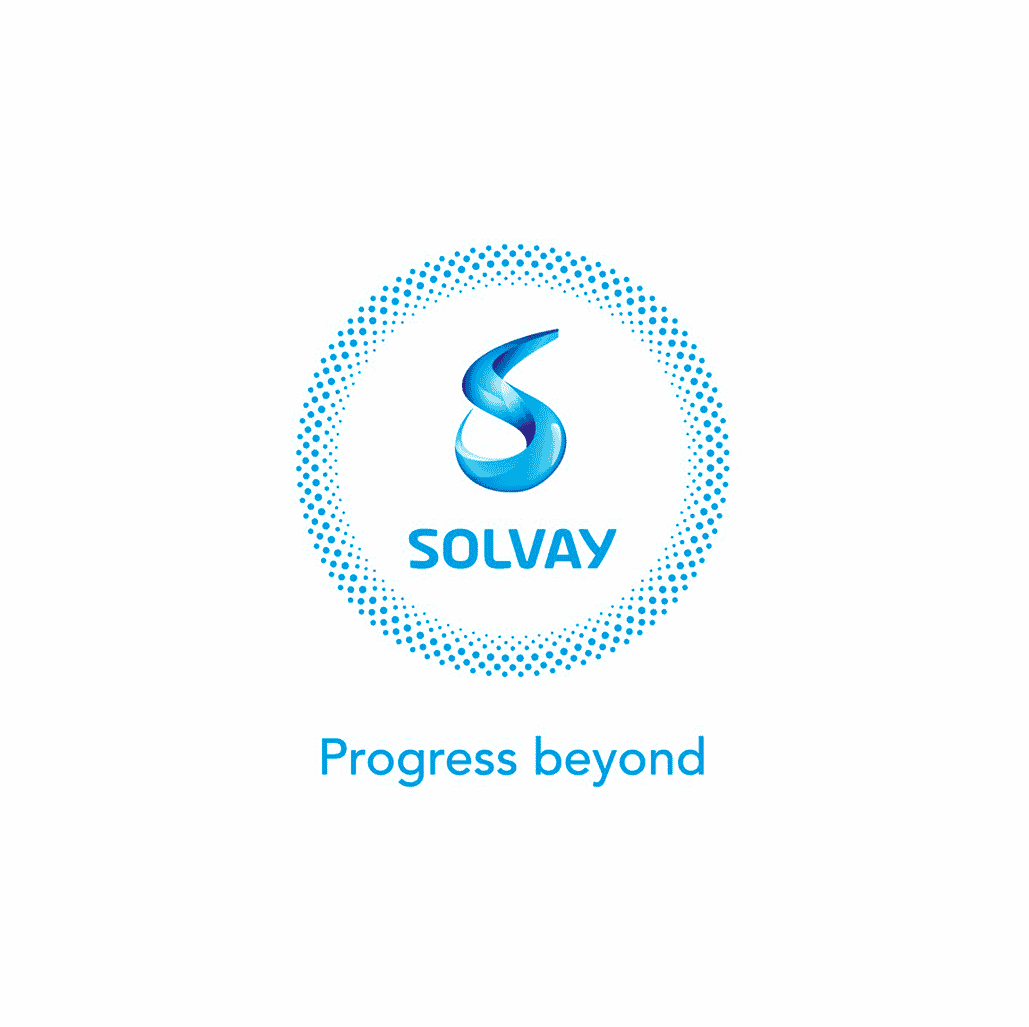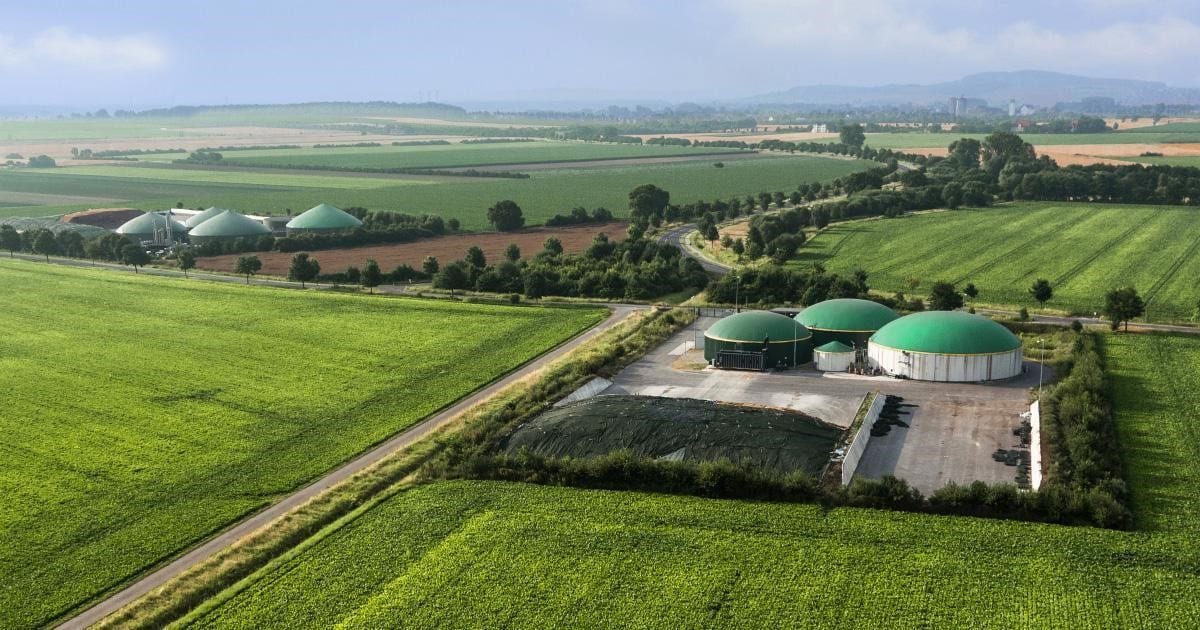
Steam & electricity production from a boiler station powered by Solid Recovered Fuels
The Dombasle Energie project, resulting from the partnership between Solvay and Véolia, aims to design, to build, finance and operate a boiler…

The main objective of the project is to decarbonise the heating power required for the steam the processes need to operate at the Solvay site in Saint Fons (Rhône-Alpes, France).
The proposed solution is to build a new biomass boiler fuelled by waste wood (B wood) to produce the steam consumed by the site and which will substitute for the current boilers fuelled by natural gas.
on which the project has a significant impact
Scope 1 – Substitution of the consumed Natural Gas by biomass
The project substitutes the annual consumption of 200 GWh PCI of natural gas.
The emission factor of natural gas considered is 205 kgCO2/MWh PCI.
The emission factor of the biomass considered is 0 kgCO2/MWh PCI.
The calculation of the annual reduction of direct CO2 emissions (scope 1) by using biomass instead of natural gas, expressed in tonnes of CO2, is :
Annual quantity of energy consumed in GWh x 1000 x (biomass emission factor in kgCO2/MWh – natural gas emission factor in kgC02/MWh) / 1000).
So, for the case exposed : 200 000 × (0 − 205)/1000 = − 41 000 metric tonnes
So, the use of biomass allows a gain in direct emissions (Scope 1 Solvay) of 41 ktCO2 / year.
37M€
2021
Saint Fons, Rhône
In France, it is estimated that 20% of Wood B is not recovered under acceptable technical and economic conditions, and therefore is treated in landfill. So, a major issue is to improve the valuation of the wood B and this project will contribute to it.
Given the quantity of wood B required, this project will be structured through the establishment of a local supply chain and valorisation of wood B. The operation of the future boiler station will ensure sustainability for the sector and its associated employment area.
Potential for replicability of the project to other Solvay sites in France.
A preliminary study is underway for the Clamecy site (CO2 impact ~ -10kt/year).
Conditions for reproducibility:
Several factors condition the success of such a project:
Several actors contribute to the successful implementation of this project :
richard.bourdon@solvay.com

The Dombasle Energie project, resulting from the partnership between Solvay and Véolia, aims to design, to build, finance and operate a boiler…

In order to decarbonise the heat needed for the processes operated by Solvay, the company has decided to substitute natural gas and supply
AFEP (Association of French large companies) is an association representing 111 of the largest companies operating in France. It participates in the public debate with the ambition to provide pragmatic answers in favour of the development of a competitive and sustainable French and European economy, conducive to the growth of all companies.